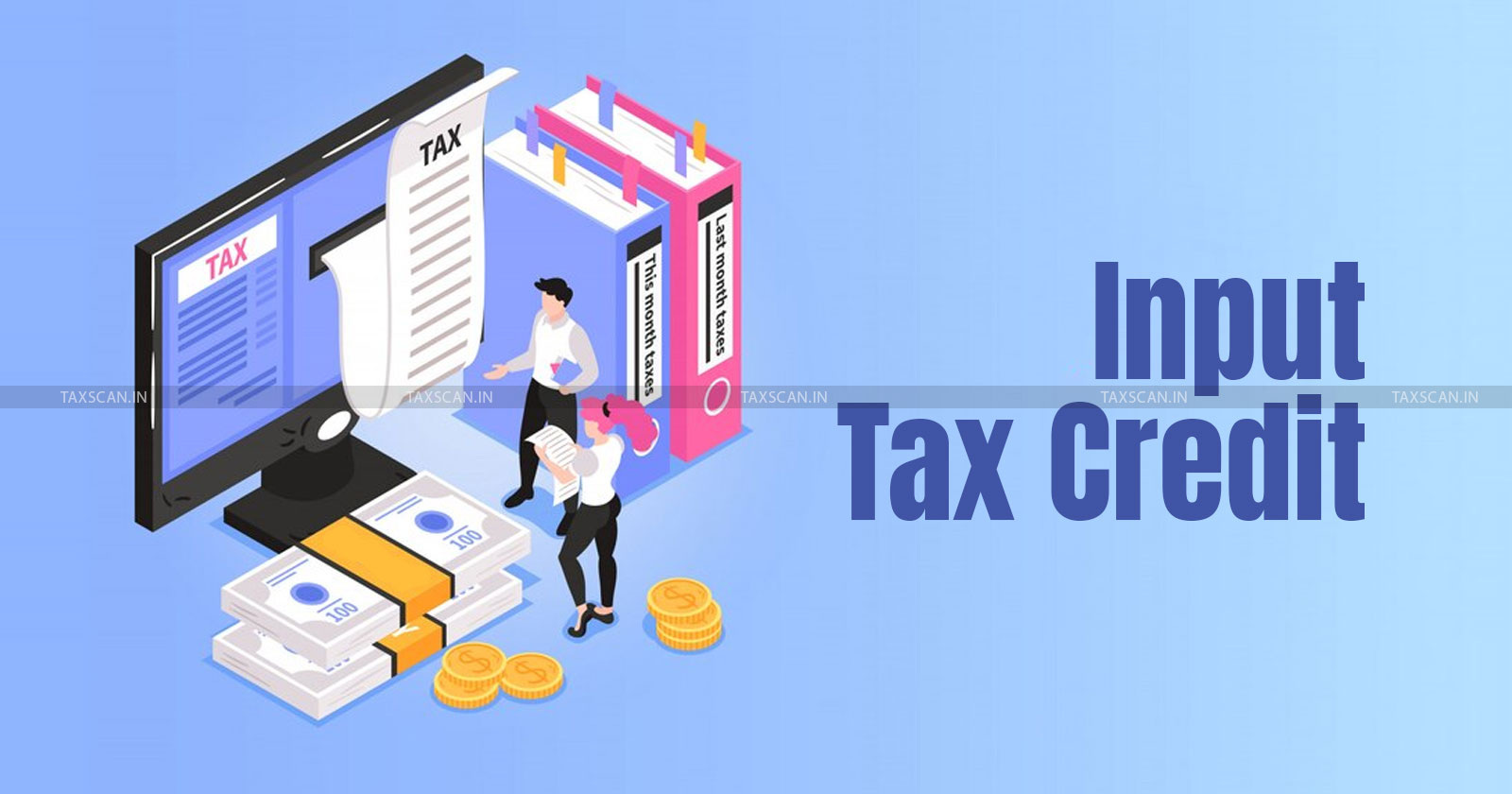Refund of Unutilised ITC due to Inverted Duty Structure Denied Based on Misclassified Supplier Invoices & Excess ITC Claims; Delhi HC Remands Matter [Read Order]

Refund – Unutilised ITC – ITC – Inverted Duty Structure – Duty – taxscan
Refund – Unutilised ITC – ITC – Inverted Duty Structure – Duty – taxscan
The High Court of Delhi has remanded a matter involving the denial of the refund of unutilised Input Tax Credit (ITC) due to an inverted duty structure based on the issue of misclassified supplier invoices and excess ITC claims.
The petitioner, Simran Chandwani is engaged in the business of selling footwear, sought a refund of Rs.5,47,894/- along with interest.
The petitioner, represented by Mr. Vineet Bhatia, Mr. Aamnaya Jagannath Mishra, Mr. Bipin Punia, and Ms. Nidhi Aggarwal, claimed that due to the nature of the petitioner’s business, she was entitled to a refund of the accumulated unutilised ITC. Footwear is subject to Goods and Services Tax (GST) at either a 5% or 12% rate, depending on whether the price of the footwear is below or above Rs.1,000/-. However, one of the key components used in manufacturing footwear, PVC straps, is taxed at 18%.
The issue revolves around the mismatch in the ITC as reflected in GSTR 2A, a report that is automatically generated from supplier returns and the ITC claimed by the petitioner in her GST returns (GSTR 3B). The matter was further complicated by two primary issues, such as the misclassification of goods by one of the suppliers and the petitioner’s claims of excess ITC for certain months.
In the case of misclassification, a supplier named M/s V. K. Polymers had erroneously labeled the supplied PVC straps as Harmonized System of Nomenclature (HSN) 6404, the code for finished footwear, rather than the correct HSN code, 6406. Although the supplier had correctly charged GST at an 18% rate, this classification discrepancy was flagged as problematic by the authorities. In response, the petitioner provided a certificate from the supplier M/s V. K. Polymers acknowledging the misclassification.
Regarding the excess ITC claims, the petitioner acknowledged that she had indeed claimed more ITC than was reflected in the GSTR 2A for the months of October and November 2020.
The petitioner argued that this was due to some suppliers filing quarterly returns, resulting in a mismatch in the tax periods covered by the returns.
The petitioner contended that if the “relevant period” was considered, her ITC claims would be within the allowed limits as per Rule 36(4) of the Central Goods and Services Tax Rules, 2017.
The respondent revenue, the Principal Commissioner of CGST, represented by Mr. Vijay Joshi and Mr. Shubham Chaturvedi, argued that the applicant's claim for Input Tax Credit (ITC) on GST paid for services related to the transfer of leasehold rights constituted services used for the construction of an immovable property, as per Section 17(5)(d) of the CGST Act. They contended that the intention to construct an immovable property triggered the ITC restriction.
The bench found that the rejection of the refund claim by the authorities lacked sufficient justification and was based on mere suspicion. The bench emphasised that the correct tax rate was charged by the supplier for the PVC straps and their classification discrepancy should not be the basis for denying the petitioner the accumulated ITC.
The bench also questioned the reasoning used by the Appellate Authority, which had denied the entire refund claim due to the issue with just one supplier, despite the fact that other suppliers had correctly classified their products and the GST rates had been charged appropriately.
In conclusion, the division bench comprising Justice Vibhu Bakhru and Justice Amit Mahajan remanded the case back to the Adjudicating Authority for further consideration of the petitioner’s claims regarding excess ITC in light of the quarterly returns filed by some suppliers and the ‘relevant period’ along with the opportunity for the petitioner to provide his claim with supporting documents. The Adjudicating Authority was instructed to issue a fresh order within eight weeks.
To Read the full text of the Order CLICK HERE
Support our journalism by subscribing to Taxscan premium. Follow us on Telegram for quick updates


